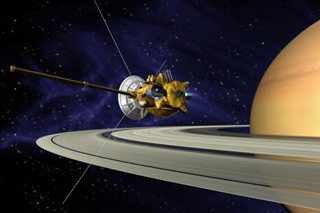
Instructor(s)
Prof. Hari Balakrishnan
Prof. George Verghese
MIT Course Number
6.02
As Taught In
Fall 2012
Level
Undergraduate
Course Description
Course Features
Course Description
An introduction to several fundamental ideas in electrical engineering and computer science, using digital communication systems as the vehicle. The three parts of the course—bits, signals, and packets—cover three corresponding layers of abstraction that form the basis of communication systems like the Internet.
The course teaches ideas that are useful in other parts of EECS: abstraction, probabilistic analysis, superposition, time and frequency-domain representations, system design principles and trade-offs, and centralized and distributed algorithms. The course emphasizes connections between theoretical concepts and practice using programming tasks and some experiments with real-world communication channels.


